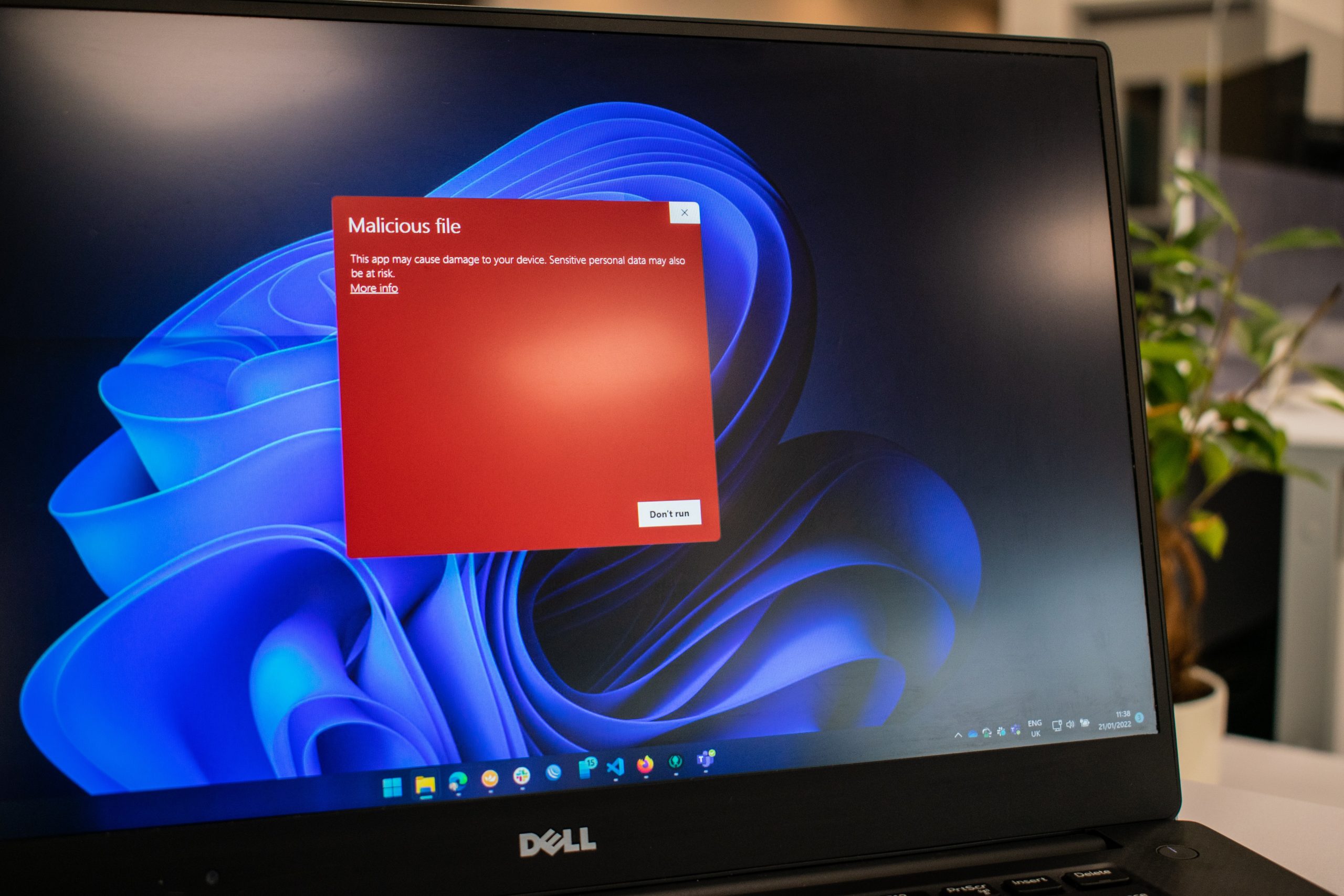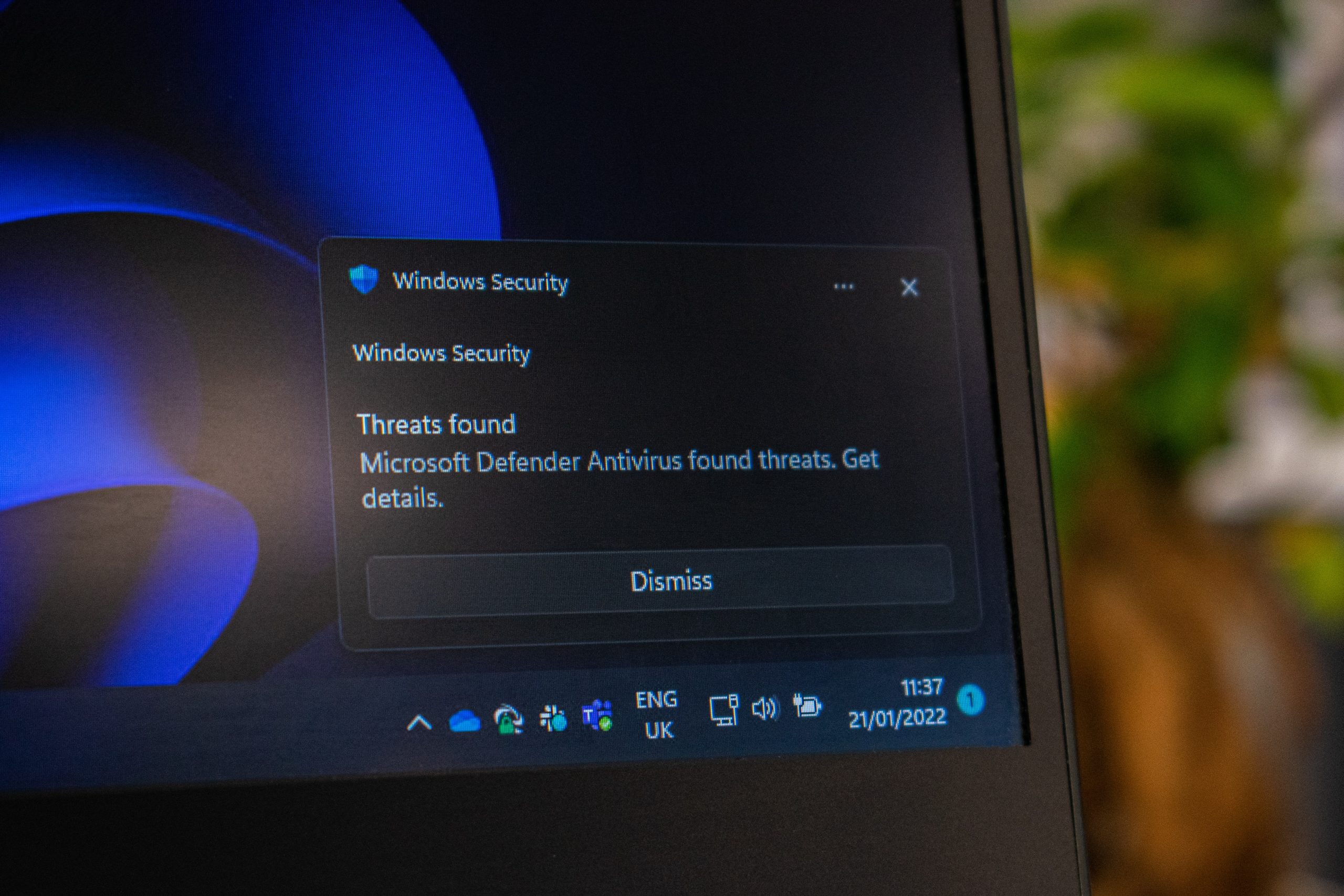Imagine for a moment that every single file on your computer—your precious family photos, important work documents, even that unfinished novel you’ve been pouring your heart into—is suddenly held hostage by an unseen enemy. You are faced with an ultimatum: either surrender a hefty sum of money or kiss those cherished memories and hard-earned achievements goodbye forever. Welcome to the sinister world of ransomware attacks—an ever-evolving menace that can wreak havoc on unsuspecting victims worldwide. In this article, we will unravel the mysteries behind these crippling cyberattacks and equip you with the knowledge needed to defend yourself against their insidious grasp.
What is ransomware and its impact
Ransomware: a word that sends shivers down the spines of individuals and organizations alike. But what exactly is it, and why is it such a significant threat? Ransomware is a type of malicious software that infects a victim’s computer or network, encrypting their files and demanding a ransom payment in exchange for the decryption key. This form of cybercrime has gained popularity among hackers due to its effectiveness at infiltrating systems and extorting money from unsuspecting victims.
The impact of ransomware can be devastating on multiple levels. First and foremost, there is the immediate financial loss associated with paying the ransom. Organizations often find themselves faced with a tough decision – pay up or risk losing valuable data forever. Even if the ransom is paid, there’s no guarantee that all files will be recovered intact. This uncertainty leaves victims feeling vulnerable and powerless against these attacks.
Furthermore, the aftermath of a successful ransomware attack can have long-lasting consequences for businesses. The sudden halt in operations while IT teams scramble to contain the breach can lead to significant downtime and revenue loss. Moreover, reputational damage can be severe as customers lose faith in an organization’s ability to protect their sensitive information. As we become more dependent on technology in our personal lives and business operations, understanding the impact of ransomware becomes crucial for staying ahead of this relentless threat.

Definition: Understanding the basics of ransomware
Understanding the basics of ransomware is crucial in staying protected against this growing cybersecurity threat. Ransomware is a type of malicious software that encrypts files on a targeted system, effectively locking them away from the legitimate user until a ransom is paid. This type of attack has become increasingly common, with hackers targeting individuals, businesses, and even government organizations.
Once infected with ransomware, victims often receive a demand for payment in cryptocurrencies like Bitcoin or Monero. The attackers typically specify a deadline to create urgency and further pressure the victim into complying. However, paying the ransom does not always guarantee that the files will be decrypted and returned safely. In fact, it may encourage further attacks by validating this criminal activity as profitable.
To protect against ransomware attacks, it is essential to maintain regular backups of important files and keep all operating systems and software up to date with the latest security patches. Additionally, exercising caution when opening email attachments or clicking on suspicious links can help avoid falling prey to phishing attempts that may deliver ransomware payloads. By understanding how ransomware works and taking proactive measures to prevent infection or minimize its impact if compromised, individuals and organizations can significantly reduce their risk in this digital age.
Infection: How does ransomware infiltrate systems
Ransomware, one of the most feared types of cyber threats, infiltrates systems through various methods, exploiting vulnerabilities in both human behavior and technological infrastructure. One common way ransomware infects systems is through phishing emails. These messages are crafted to appear legitimate and trick users into opening malicious attachments or clicking on dangerous links. Once a user falls for these tactics, the ransomware quickly deploys itself throughout the system, encrypting files and locking users out until a ransom is paid.
Another method used by ransomware to infiltrate systems is drive-by downloads. In this attack technique, hackers exploit security vulnerabilities in websites or browsers to inject malicious code onto a user’s device without their knowledge or consent. Simply visiting an infected website can trigger the download of malware onto the system, making it relatively easy for attackers to breach the targeted network.
Understanding how ransomware infiltrates systems is crucial for individuals and organizations alike to protect themselves from falling victim to such attacks. By being aware of phishing techniques and remaining vigilant when interacting with email communications, users can significantly reduce their risk of infection. Regularly updating software and keeping all security patches up-to-date also helps mitigate vulnerability-based attacks like drive-by downloads. Ultimately, education and proactive defense strategies are key in staying one step ahead of these evolving cyber threats.

Encryption: The process behind locking files
Encryption is at the heart of locking files in a ransomware attack. This process involves converting data into an unreadable format, making it nearly impossible to access without the decryption key. While encryption has become synonymous with security, it can also be weaponized by cybercriminals to hold sensitive information hostage.
The encryption process begins with the generation of a unique key that acts as the digital lock for the files. This key is typically created using sophisticated algorithms and is stored either on the attacker’s server or within the infected system itself. Once the key has been generated, it is used to encrypt all targeted files, rendering them inaccessible to their rightful owners.
This cryptographic process ensures that even if someone gains unauthorized access to encrypted files, they will be unable to decipher their contents without the correct encryption key. As such, victims are left with limited options: either pay the ransom demanded by attackers in exchange for the decryption key or engage in a complex and time-consuming recovery process that may not guarantee successful file retrieval.
Ransom: Demands and payment methods explained
Ransomware attacks have become increasingly prevalent in our digital world, and understanding the intricacies of the ransom demands and payment methods is crucial in order to combat this malicious activity. When a victim falls prey to a ransomware attack, the attackers will typically demand payment in exchange for restoring access to the encrypted or locked data. These demands are often made through anonymous channels such as cryptocurrencies, making it difficult for law enforcement agencies to track the perpetrators.
Payment methods in ransomware attacks have evolved over time. Initially, cybercriminals favored traditional payment methods like prepaid credit cards or wire transfers. However, these days, they tend to prefer cryptocurrencies like Bitcoin due to their decentralized nature and increased anonymity. This shift has presented challenges for investigators who once relied on tracing financial transactions to identify culprits. Additionally, some hackers utilize third-party services known as mixers that further obfuscate transaction trails by mixing different amounts of cryptocurrency from multiple sources.
It is worth noting that paying the ransom does not always guarantee a successful restoration of data access. Attackers may be motivated solely by financial gain and have little incentive or ability to fulfill their promises. Moreover, there are moral dilemmas associated with giving into these demands as it potentially perpetuates a cycle of cybercrime where criminals realize their efforts are profitable.
It is imperative that individuals and organizations remain vigilant against ransomware attacks while implementing robust cybersecurity measures such as regular backups, network segmentation, and strong encryption practices.

Prevention: Best practices to protect against attacks
One of the most effective ways to protect yourself against ransomware attacks is to regularly update your software and operating systems. Cybercriminals often exploit vulnerabilities in outdated software, so staying on top of updates is crucial. This includes not just your desktop or laptop computer, but also your mobile devices and IoT (Internet of Things) devices. Enable automatic updates whenever possible, as it ensures that you are always running the latest versions and patches.
Another important preventive measure is to invest in reliable cybersecurity solutions. Antivirus software, firewalls, and anti-malware programs can help detect and block potential threats before they can cause any harm. It’s essential to choose trusted and reputable security tools from reliable providers, as there are many fake antivirus programs out there that may actually be malware in disguise. Additionally, consider implementing network segmentation to isolate different areas of your network and limit the spread of an attack if one occurs.
Regularly backing up your data should never be underestimated when it comes to preventing ransomware attacks. By creating backups on separate storage devices or cloud services, you ensure that even if your files are encrypted by ransomware, you have another copy that remains intact. However, it’s important not to leave these backup copies connected to your network at all times; disconnecting them after backup is crucial in order to avoid having them compromised too. Frequent backups combined with strict access controls will greatly minimize the potential impact of a ransomware attack on your valuable data.
Conclusion: Staying informed to stay safe
In conclusion, staying informed is crucial for ensuring our online safety in today’s digital age. The threat of ransomware attacks continues to evolve with new techniques and strategies being employed by cybercriminals. By staying informed about the latest trends and vulnerabilities, we can better understand how ransomware attacks work and take proactive measures to protect ourselves.
Staying informed also means being aware of the current cybersecurity best practices, such as regularly updating software, using strong and unique passwords, and being cautious when clicking on suspicious links or downloading unknown files. Additionally, it is important to stay vigilant about phishing attempts that may be disguised as legitimate emails or messages from trusted sources.
By prioritizing our awareness and education around ransomware attacks, we can minimize the risk of falling victim to these malicious threats. Remember that knowledge is power – the more informed we are, the better equipped we are to safeguard our personal information and valuable data against cybercriminals’ relentless attempts.

